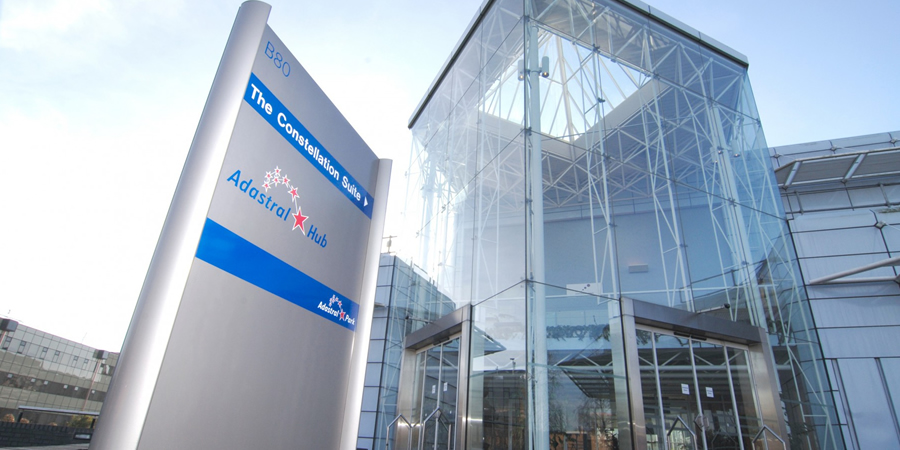BT has kicked off trials of hollow core fiber, a new type of optical fiber, in collaboration with Mavenir and Lumenisity.
BT researchers are conducting the trials by using Lumenisity’ s 10-kilometre-long hollow core Fiber cable. This new type of fiber network cable has a hollow, air filled center that runs the entire length of the cable. It will be used to test a variety of use cases such as 5G networks and Quantum Key Distribution (QKD) communications.
Professor Andrew Lord, BT’s head of optical network research, said, “We’re excited to begin trialing hollow core Fiber and to discover the potential opportunities and benefits of deploying this technology in certain scenarios. This new type of Fiber cable could play an important role in the future of the world’s communications infrastructure, heralding a step-change in capability and speed, to keep up with the demands for high-speed, low latency communications driven by 5G networks, streaming, and more.”
Networks across the world currently run on single-mode optical fiber which consists of solid strands of glass. The glass in these cables quickly carries information over long distances, however, the nature of glass means light travels marginally slower inside the fiber than it would be in air.
Research into hollow core Fibre presents an opportunity to explore how the capabilities of optical fiber can be enhanced in the future, with the potential to reduce the latency by up to 50%. This new fiber has an air-filled central core, with an outer ring of glass, to guide the laser beam whilst maintaining the signal speed at the speed of light.
John Baker, Mavenir’s senior vice president Business Development, said: “The ability to extend the reach of Fibre connected radios only further demonstrates the power of Open RAN and its Eco System. This improvement will significantly increase the number of use cases that can be served from containerized cloud based Open RAN solution.”
Hollow core Fibre would enable a variety of benefits — from high-frequency trading to lowering mobile network costs. Working with Mavenir, BT can show how hollow core in the Radio Access Network (RAN) could potentially reduce mobile network costs by allowing more 5G antennas to be served from one exchange or cabinet.









